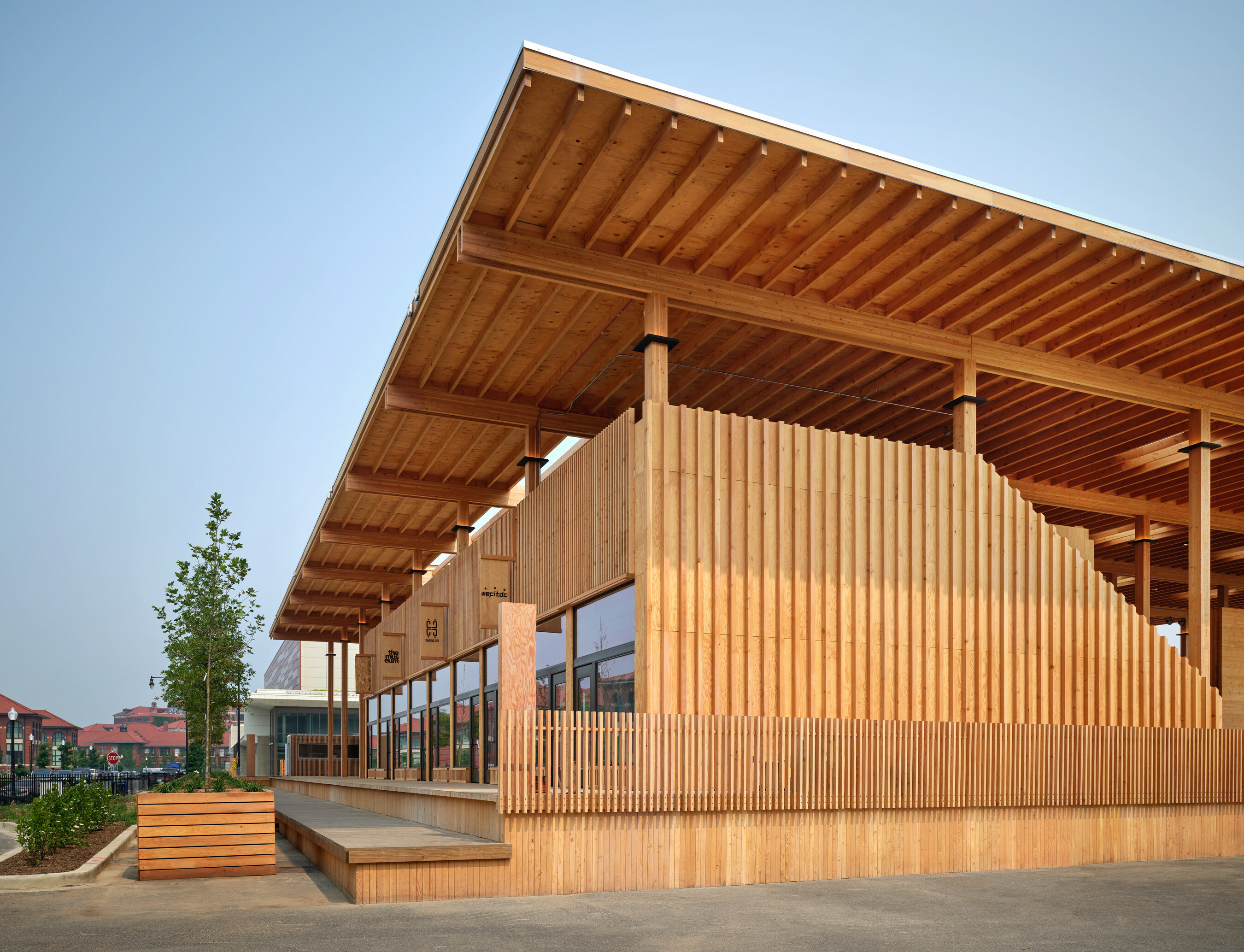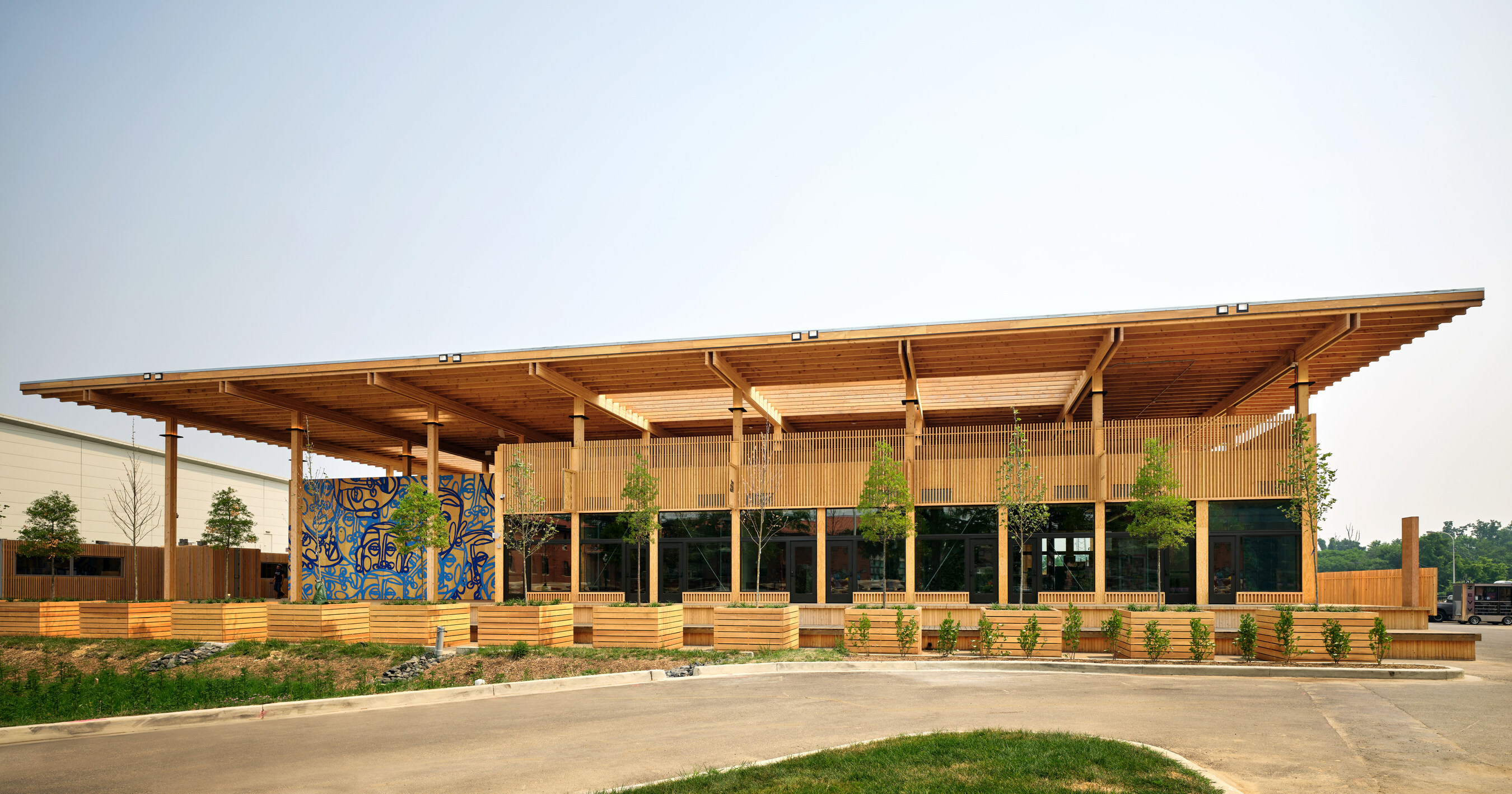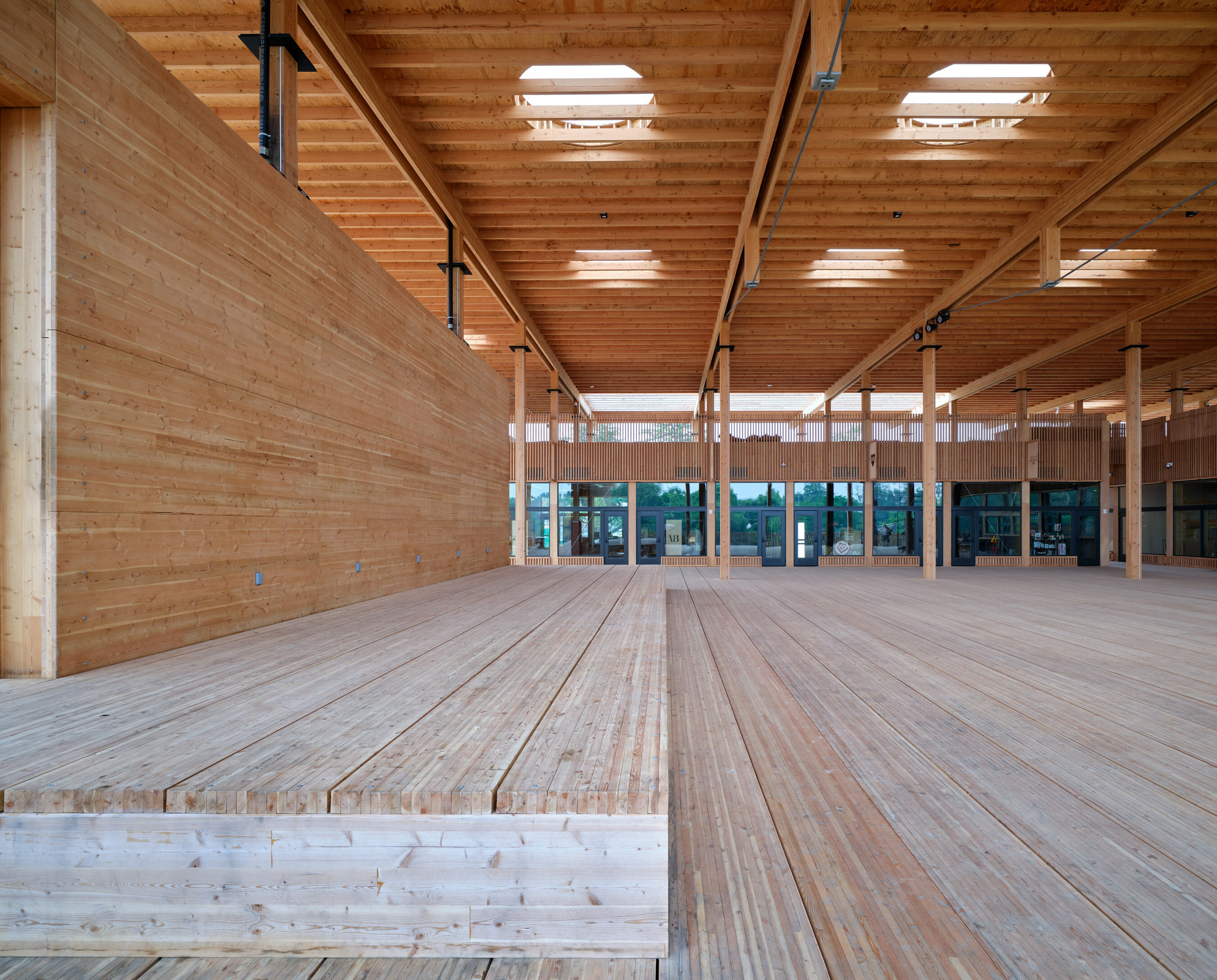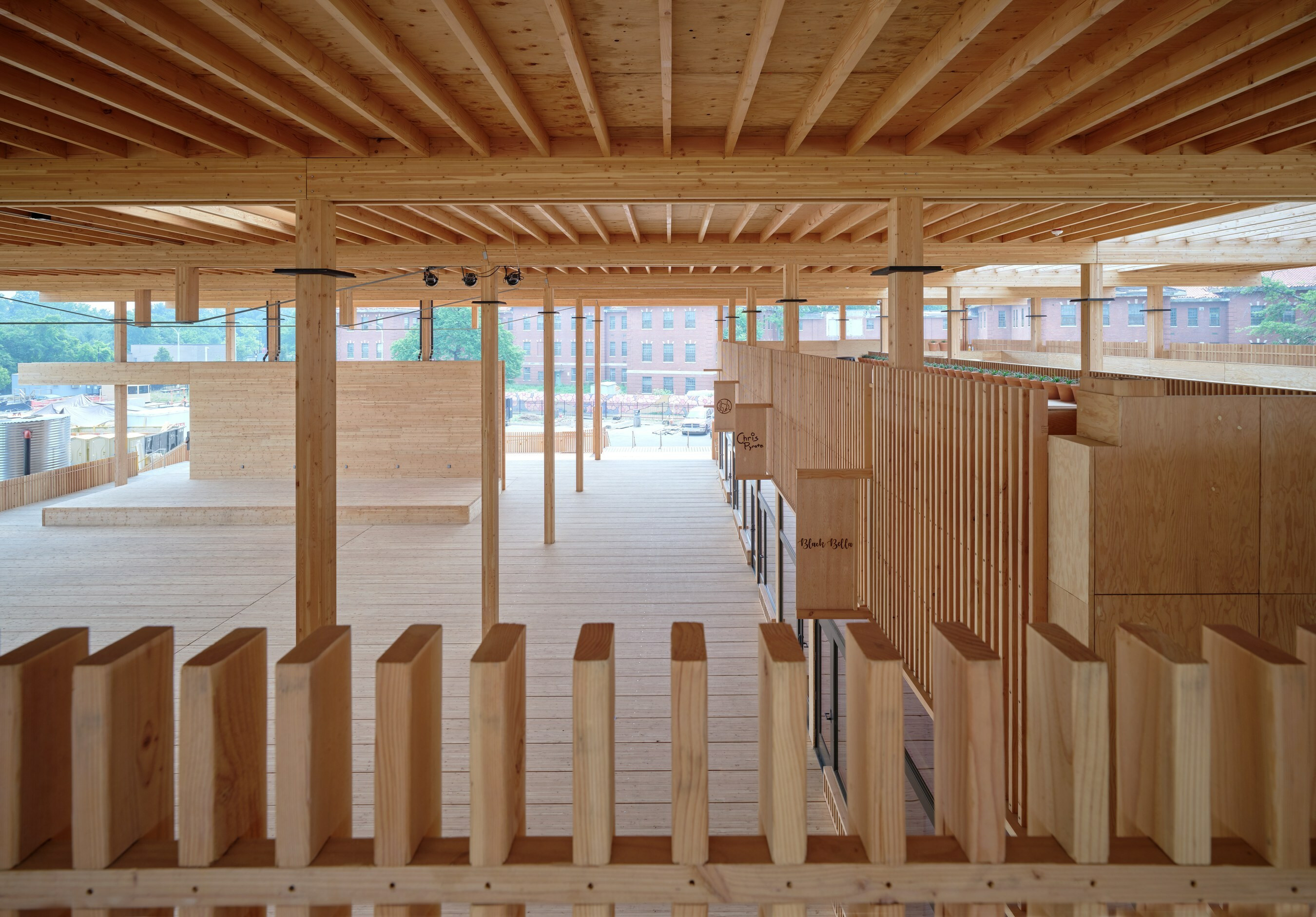Parents have penciled big increases into their back-to-school shopping budgets this year, according to JLL’s Back-to-School Report. Parents plan to spend 15.7% more on back-to-school shopping this year, considerably more than the year-over-year inflation rate of 4.9%. Most of them will visit mass merchandisers, according to firm’s online survey of 1,003 parents conducted in May. Last year’s top three back-to-school shopping venues — Walmart, Target and Amazon — retain their top spots and relative positions, though the share of parents shopping at Walmart and Amazon decreased somewhat from 2022. Clothing and stationery are the top items parents plan to pick up for back-to-school shopping this year. Accessories like backpacks or lunch bags are the third most popular item, while over 30% of parents plan to buy home office and arts and crafts supplies. Roughly half of parents will let their kids choose what to buy, while fewer will have input on where to shop and even fewer kids will do their own shopping.
Washington, D.C., Marketplace a Sustainable Standout
A new retail center in one of Washington, D.C.’s most economically depressed neighborhoods is taking on a difficult task: transitioning a blighted area into a large mixed-use complex without alienating local residents and gentrifying local operators out of business.
The Retail Village at Sycamore & Oak, which opened in Congress Heights on June 14th, is following all the best practices: reaching out to local community members and offering them equity and input; using sustainable and flexible materials; and reusing existing obsolete space and infrastructure to revitalize an underserved area.
A team led by Redbrick LMD plans to redevelop a former mental hospital into a 650,000-square-foot, mixed-use complex with new housing, offices, stores, a hotel and a park. The Retail Village is a 23,000-square-foot, temporary, movable, all-electric, mass-timber structure.

Developers assembled The Retail Village at Sycamore & Oak in less than three months.
The larger project has the support of the mayor, but it is far from a done deal. The development team needs community support to cross the finish line. So they’re including as many local constituents as possible in the process. The Retail Village at Sycamore & Oak is a chance to introduce the larger project to the community and demonstrate the kind of community-oriented marketplace the larger development will be.
The Retail Village's tenants are 13 minority-owned businesses launched by neighborhood entrepreneurs. Tenants include streetwear brands, beauty and skin care shops, art boutiques, a fitness operator, food vendors and a fresh food market. The center also has a playground and a courtyard for eating, entertainment and learning.

The project, shown here empty, is the only commercial building in Washington, D.C., built with mass timber.
Designed by Ghanaian architect David Adjaye’s firm, The Retail Village at Sycamore & Oak is made of prefabricated elements so it could be disassembled and redeployed elsewhere. It features a pavilion with a long roof that hangs over the open area.
The project is the only commercial building in Washington, D.C., built with mass timber. Mass timber is made of large, solid wood panels, columns or beams, while light-frame wood construction is made of smaller, dimensional lumber. Mass timber is more sustainable because it requires less concrete and steel, which generate more carbon. Skylights, photovoltaic panels and rainwater collection systems also cut carbon generation at the development.

Skylights contribute to sustainability.
The development team assembled the center in less than three months. The structure will operate for three to five years before being taken apart and put back together in a different location to allow for further development at Sycamore & Oak.

The center is envisioned as a community gathering space.
Working with Congress Heights Community Training and Development Center, The Retail Village will incubate food and retail concepts that originated in Wards 7 and 8 through a program that offers emerging Black entrepreneurs and local business owners technical and marketing support, as well as training, to help scale and sustain their businesses. The Retail Village also offers a Chefs-in-Residence program, via which Jose Andres Group will provide the food-and-beverage operators operational support and mentoring.
Of the new jobs created at Sycamore & Oak, 60% will be filled by residents participating in workforce programming offered by the Department of Employment Services. The Department of Parks and Recreation also is supporting the site with a grant for bringing recreation to nontraditional spaces.
MORE FROM C+CT
D.C. Entrepreneur Launches a Strip Mall for Black-Owned Businesses
5 Specific Ways Landlords Can Make It Easier for New Small Business Tenants to Succeed
No Incompatibility Here, Arturo Sneider Says of Raising a Fund Focused on Urban Minority Neighborhoods
Uplifting Black Neighborhoods: Many Focus on Black Tenants, but Lyneir Richardson Focuses on Black Property Owners
Malls Still a Strong Sales Channel
Malls continue to outperform their share of the retail real estate sector, according to a Coresight Research report. Top malls continue to draw the best-financed and fastest-growing retail brands because more brands appreciate the value of synergy that comes from co-locating with similar brands, according to Coresight. They also recognize the Halo Effect physical stores have on omnichannel sales. New and emerging fashion brands especially want to feed off the energy of established players, especially luxury brands like Gucci and Louis Vuitton that are opening more of their own mall stores. Other factors driving top brands to malls include prohibitive costs of online advertising and customer acquisition, according to the report.
MORE FROM C+CT
What Demolition of Obsolete Space Did for the Mall Sector in 2022
Retail Remains in Almost All Mall Conversions
Is the Term “Mall” Making a Comeback?
Malls Aren’t Going Extinct. They’re Adapting
By Brannon Boswell
Executive Editor, Commerce + Communities Today